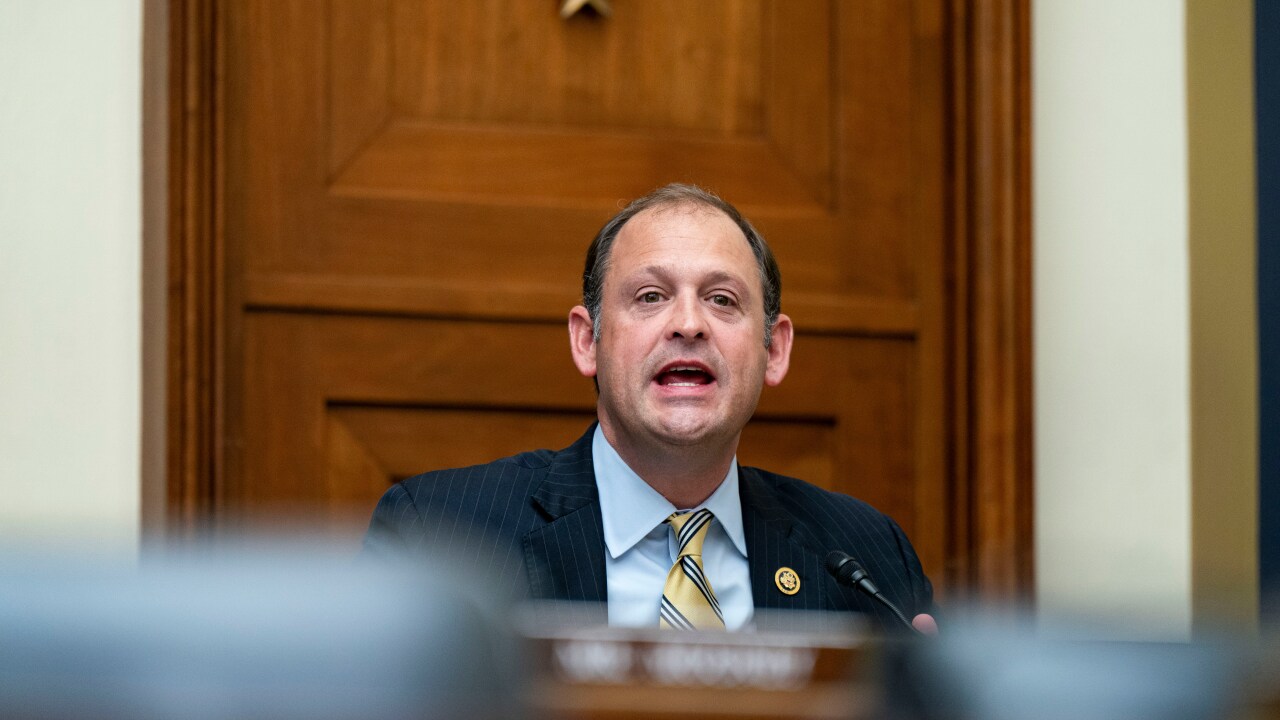LOS ANGELES -- A financing by the West Contra Costa (Calif.) Unified School District to cure a default under its former name -- the Richmond Unified School District -- was rated Ba this week by Moody's Investors Service.
That places the deal a notch below investment grade. For explanation, Moody's pointed to a state-authorized enhancement vehicle used in the transaction.
The Ba rating "reflects the short-comings of the intercept mechanism as a form of credit substitution, since it is unlikely the intercept would be legally enforceable in the event of another bankruptcy," Moody's said in a credit report.
The $11.06 million financing is designed to cure a default on a previous $7.54 million certificate of participation deal that was issued in 1988 by the Richmond Unified School District. Besides paying past-due principal and interest on the 1988 deal, the refinancing is designed to cover penalties and attorney's fees generated by the default.
The district changed its name last year, in part because its service area extends beyond the Richmond city limits and in part because officials wanted to break from a troubled past.
Moody's said that Richmond Unified's highly publicized COP default "has been the subject of subsequent litigation, legislation, and a settlement agreement contingent upon the sale of the current issue to refund and restructure the defaulted certificates."
A state law dating from October permits the refinancing. The legislation created a mechanism to intercept state apportionments to the district in the event of a default on rental payments that secure the new COPs.
The district's ability to avoid making those payments "has been constrained by the interceot mechanism," Moody's said.
However, the rating agency expressed concern that "the benefit [of avoiding payments] has not been wholly eliminated," contending that the "intercept mechamism does not provide assurance that investors will receive full and timely payment in the event of a district bankruptcy."
Accordingly, Moody's said the rating "reflects the district's own credit standing, which includes its prior repudiation and default on the 1988 certificates and the district's continuing financial pressures, the reliance on lease nonappropriations and operating loans from the state to restore finances, and the unusual age of the leased assets."
Mark Northcross, a senior vice president of Kelling, Northcross & Nobriga, the financial adviser on the transaction, disagreed with Moody's use of the bankruptcy scenario to discount the value of the intercept mechanism.
"I really though that was far-fetched and not realistic" to focus so much on that possibility, Northcross said.
Northcross said the COP default is an obvious concern. He contended, however, that new state laws passed in the wake of the default significantly strengthened school finance monitoring procedures. Those laws help cut down ont he chance for a school bankruptcy filing "big time," Northcross said.
While Northcross conceded that the district filed for bankruptcy protection in the midst of the COP dispute, he noted that this was before the strengthened state laws and said that the filing was withdrawn after only a few months.
Moody's agreed that "the role of appointed trustess and other third party intermediaries [such as] the County Office of Education provides some comfort that financial difficulties can be identified early and potentially addressed."
But Moody's said investors cannot rely on these bodies to protect their interests, adding that "the district's bankruptcy filing and the district's continuing certificate default occurred during the term of the state-appointed trustee and administrator."
Northcross said the district is hoping for an investment-grade rating from Standard & Poor's Corp. A Standard & Poor's official said a formal rating announcement will not be made until the district obtains a private letter ruling from the Internal Revenue Service.
The IRS ruling is needed because proceeds from the original tax-exempt issue were used for working capital purposes. Current IRS regulations limit the refunding term for such deals -- the West Contra Costa district is seeking to qualify for an exception available for issuers in financial distress.
The refunding will extend certificate repayment by 26 years, for a total amortization period of 30 years.
Nikolai Sklaroff, the Moody's analyst who prepared this week's report, said "this has probably been the most intensive rating process I've been involved in."
The process included discussions with numerous parties -- including the offices of the state attorney general and controller -- and extensive internal meetings, Sklaroff said.
Moody's officials understand the district's desire to escape from a dark cloud, and "we wish them well," Sklaroff said. But the rating agency also had to decide "whether the district is beginning with a new slate," he said, adding that the repudiation of the 1988 COPs received close examination.
Moody's report says in regard to the new lease structure that "while the assets are substantially better than the assets leased under the original 1988 certificates, the leased high schools were originally built in 1946 and 1968."
Despite continuing financial pressure, a recovery is underway, the rating agency said. "Salary reductions and budget cuts, including layoffs, have helped the district regain financial balance, as has a mandated five-year financial plan," the report says.





